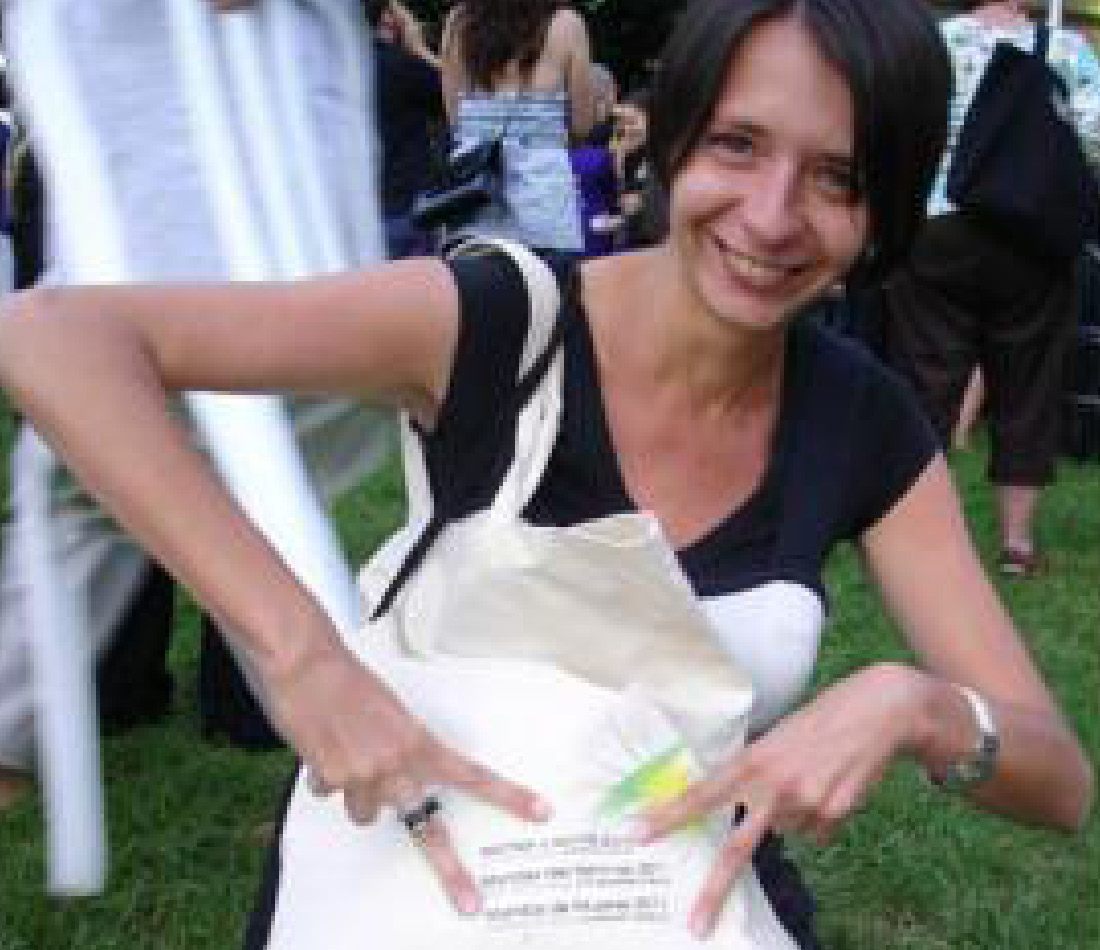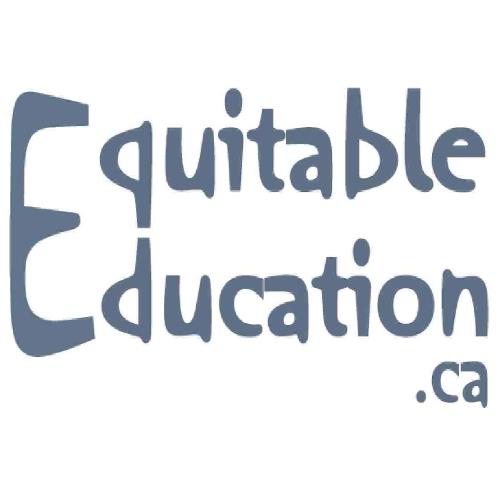 I happened upon Edyta Just near the end of the third day of Women’s Worlds 2011 in July, in the hall where she was sitting at a table with books from the European ATGENDER association. She was presenting at the conference the next day, on a panel entitled, “Teaching with Gender: Asian and European Perspectives.”
I happened upon Edyta Just near the end of the third day of Women’s Worlds 2011 in July, in the hall where she was sitting at a table with books from the European ATGENDER association. She was presenting at the conference the next day, on a panel entitled, “Teaching with Gender: Asian and European Perspectives.”
She expressed an interest in learning how to attract more students into Gender/Women’s/Feminist Studies during our interview. She complained about the misconceptions about the field, “those crazy feminists that want to send all the men to hell,” and how once people become familiar with it those misconceptions fade away and are replaced with a new process of learning.
Her own story, she recounted, included a huge shift from the traditional political science studies she had been taking, where she “never asked questions… they were giving me different theories, and I was just memorizing and learning them and things like that.”
After being introduced to gender studies courses, she began to see it was okay for her to ask questions, to be critical of the information and theories presented, and to understand the problematic role of hierarchy in education with teachers/professors handing down knowledge to students: “In this sense you feel like you’re just a receiver, so you are not giving anything and you are not creative, creative in the sense that you can make something new, something challenging. I realized that first of all I can be critical, because many times I disagreed with things that I was learning, but I never thought that I had the rights to be critical, because I took it as a god-like knowledge.”
“Then feminism learned me basically how the knowledge is produced, that the knowledge is not God-given but it’s made by other people. And those other people’s locations, their subjectivities or identities as you prefer, their economic status, their faults or ethics, influence the knowledge they produce. So I have exactly the same rights to produce knowledge, and be critical about the knowledge that they give me, and that was really like a freedom so to say — realizing that the knowledge is just a human product, so I started to question things.”
“Seeing how the knowledge is made, how the world is functioning – and becoming free, by asking questions, by not buying everything, with this kind of a critical approach.”
She is now a professor at the University of Lodz in Poland, and prior to that conducted research and taught for 10 years at Utrecht University in the Netherlands. She’s always telling her students that “there’s not a feminism, there’s feminisms, in plural,” — but she notes that’s her own perspective and she doesn’t want to dominate anyone else’s perspective.
“Sometimes when you speak of feminism, you think of waves: ‘first wave’, ‘second wave’, ‘third wave’, and contemporary feminist movements. And the point is that I usually try not to approach it in a linear form, because if you were a Marxist feminist back in the 50s, it doesn’t mean that you cannot be one now, and you can actually observe it.
“So basically whenever I think about feminism, I think about feminisms; so different ways, because there are different philosophies, different theories, and actually if you go back, one of the major goals of feminism is to produce knowledge differently. So that’s why whenever you read feminist theories or philosophy, you will see lots of contradictions, and this is actually a plus of that. So we don’t have one truth — now I’m talking from the perspective of academia — and that’s good, because once you have a truth, then you are a dominator, then you are actually repeating the patriarchy.”
“I like to look at feminisms in terms of cartography, like rhizomatically speaking, like a map, not really something from the beginning and the end and the middle. So that richness, that cartography of feminisms, the theories, can intersect very nicely with activism, precisely because there is no linearity then it can be differently used, depending on the situation. So I would say precisely by looking in a cartographical manner at feminisms, then you can see how relevant they can be in different settings, intersecting with arts or with activism or with teaching, for that matter.”
Noting that she always tries to stay in the background as a teacher in order to create a space for the students’ own voices by acting as moderator or facilitator rather than disseminator of knowledge, Just commented that even when students may give voice to “dangerous” thoughts or ideas, she places the responsibility on the fellow students to comment and engage with whatever is brought up without her needing to step in as judge.
She also explained how students engage with the “content” they cover: “I don’t want students just to read the text, memorize and tell me what was in the text – but critically approach that text, like: What does this text that you’re reading [do] to you? Do you agree with that? What were you feeling when you read that piece? … How [can it] be useful?”
“For example, I have students from China or Indonesia, and we read something produced by Anglo-Saxon scholars, so I’m asking: How do you feel about it? Do you feel your culture, or who you are, is reflected there or not? What would you change?”
Her approach to assisting students to find/use their voices, includes using artistic methods of expression. Noting the catharsis that occurs during this process, she cites an example of Spanish students who hardly spoke English, who were able to transcend language barriers using creative performance to show their lives, their experiences, and the theory they were studying. Another example was a gay male student who was able to combine identity work and queer theory into an artistic performance where he could freely say he was gay and not ashamed of it.
For less “artistic” or “performance” inclined (or “shy”) students, she looks for other ways that they can best express themselves, like writing. “And then this kind of writing is helping to get out the emotions, channels the emotions, and these pieces of writing are amazing.”
One concept she personally finds powerful when applied to her own life is that of “subjectivity.” She explained that subjectivity is “a new form of talking about identity — identity is more like this enlightenment project, and subjectivity is like of a postmodern looking at the body, so you are not enclosed in one identity … subjectivity is more emphasizing that you can change, that you are always in the process.”
“What was really for me groundbreaking, was exactly that, I will put it [as] ’embodied subjectivity in process’. Meaning that I forever become. Meaning, you cannot enclose me in the identity of my body, of my nationality, etcetera etcetera — it’s not who I am. So basically, that I’m always changing. … That feeling that I can always change, it’s quite empowering, and also freedom-creating — at least for me, it has lots of meanings.”
—-
This article was originally published on rabble.ca
About the author: Greg Macdougall is an educator, organizer and writer based in Ottawa. More of his writings and other good stuff can be found at EquitableEducation.ca
 Interdependent media & in-person learning opportunities for those who are inspired to be part of movements for social justice.
Interdependent media & in-person learning opportunities for those who are inspired to be part of movements for social justice.